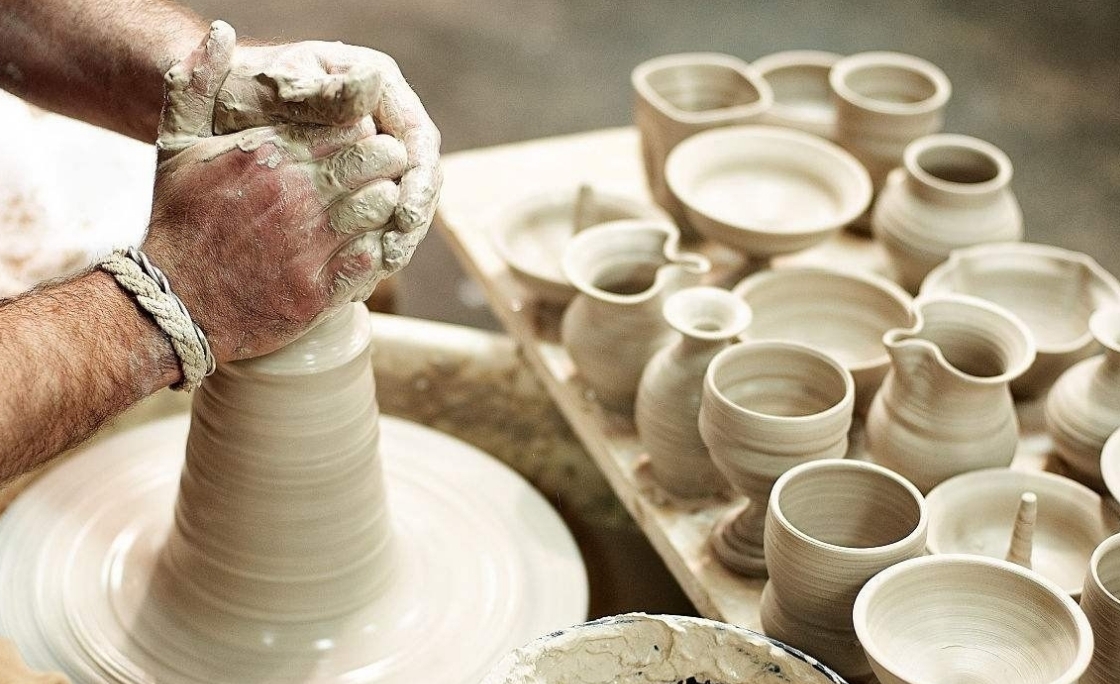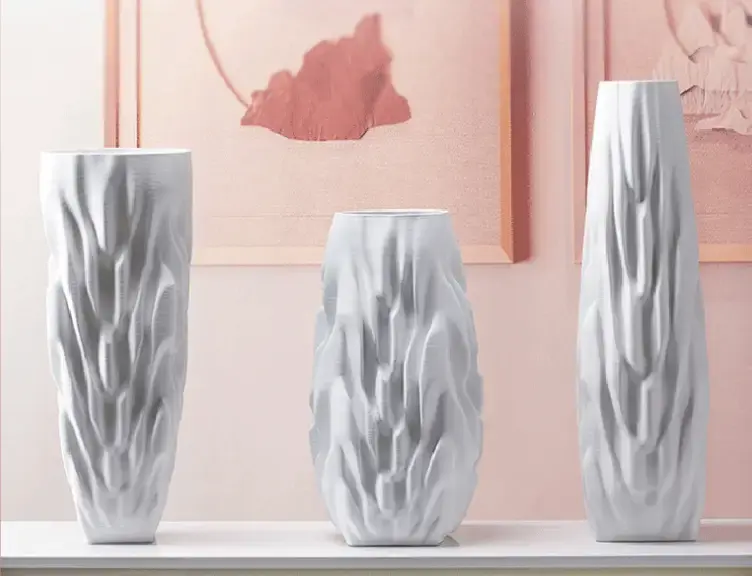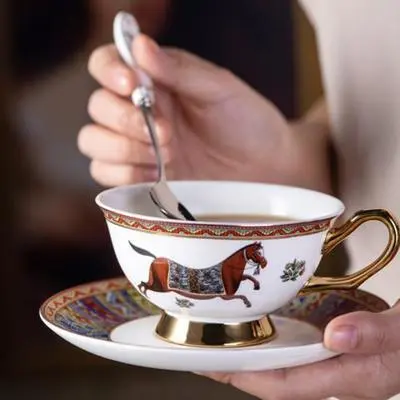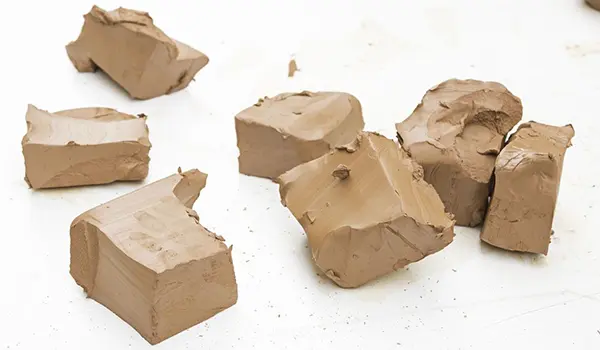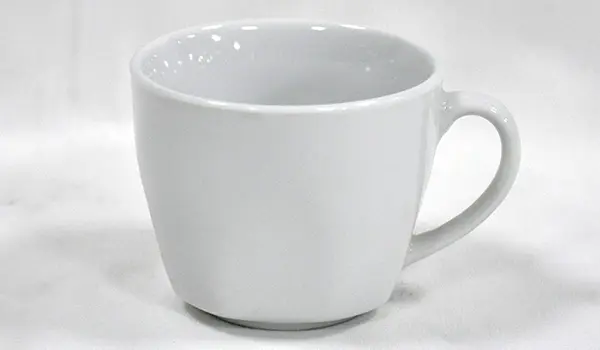Ceramic Decoration Techniques: Classification and Characteristics
- Carving and Shaping Techniques
Incising: Patterns are carved into the leather-hard clay body using bamboo knives or iron needles. This technique produces fluid, powerful lines and was particularly popular on Song Dynasty Plates And Bowls. Key knife methods include the single-slant cut and double-straight cut.
Application Examples: Lotus motifs, bow-string patterns, and other traditional botanical designs.
Sgraffito: Designs are lightly scratched onto the clay surface using bamboo or wooden tools. Often combined with incising, it yields a simple, naturalistic style.
Characteristics: Features soft lines, ideal for depicting water ripples, scrolling vines, and floral patterns.
Openwork & Relief:
Openwork : The clay body is pierced to create pierced/openwork patterns, enhancing the object's translucency (e.g., incense burners, vases).
Relief : Designs are carved to stand proud from the clay surface, creating strong dimensionality. A classic example is the "Wu-dai-dang-feng" effect seen in the flowing drapery of Buddhist statues.
Appliqué / Slip Trailing : Clay or slip is built up or trailed onto the body to form three-dimensional designs like flowers or figures. This creates distinct layers and a realistic appearance.
- Glazing and Painting Techniques
Underglaze Decoration:
Blue-and-White: Designs painted with cobalt pigment onto the raw clay body are covered with transparent glaze and fired. Known for its elegant blue tones, this technique originated in Jingdezhen during the Yuan Dynasty.
Underglaze Red: Designs are painted using copper-based pigments that turn red after firing. Requires precise temperature control during kiln firing.
Overglaze Enameling:
Wucai ( "Five Colors"): Enamels (red, green, yellow, etc.) are painted onto the fired glaze surface and fired again at a lower temperature. Known for vibrant colors and a distinctive folk-art aesthetic.
Honglücai ("Red-and-Green"): Primarily uses iron-red (Fahua red) enamel, contrasted with bright emerald and dark green enamels for a striking decorative effect.
Colored Glazes: Achieves monochromatic or gradient effects (e.g., ivory white, flambé glazes) by precisely adjusting glaze composition (e.g., silica content) and firing temperature.
- Combined Decoration Techniques
Molding Combined with Carving : A base pattern (e.g., geometric) is first stamped onto the clay using a mold. Details are then added by hand carving, improving efficiency while maintaining artistic quality.
Carved Decoration: The glaze or clay body around the design is carved away, creating either recessed backgrounds or raised motifs. Exemplified by Northern Song Dynasty Cizhou ware carved jars.
Pearl Ground Incising: A white slip (engobe) is applied over a dark clay body. Patterns are incised, and the background is carved/stippled to resemble tiny pearls, resulting in an antique, elegant effect.
Appliqué with Overglaze Enhancement: Molded appliqué pieces are attached to the body, then glazed. The transparency of the glaze layer accentuates the three-dimensionality, commonly used for ritual vessels and display ceramics.
- Material and Process Innovations
Agate Ware / Marbling: Clay of different colors is wedged together before throwing, creating unique, natural marbled patterns. Each piece is inherently one-of-a-kind.
Pierced Work / "Rice Grain" Porcelain : The clay body is pierced with patterns, then filled with transparent glaze. After firing, it becomes translucent like glass, often used for tea sets and lampshades.
Cross-Material Inlays: Integrating ceramics with materials like metal or glass creates striking contrasts in texture and light interaction (e.g., openwork incense burners with metal inlays).
From ancient kilns to modern studios, Ceramic Decoration centers on carving and painting, masterfully combined with glaze chemistry and innovative composite techniques to form an aesthetic system renowned for its exquisite craftsmanship. Contemporary innovation further expands these traditions through digital design and cross-material fusion, pushing the boundaries of expression.




